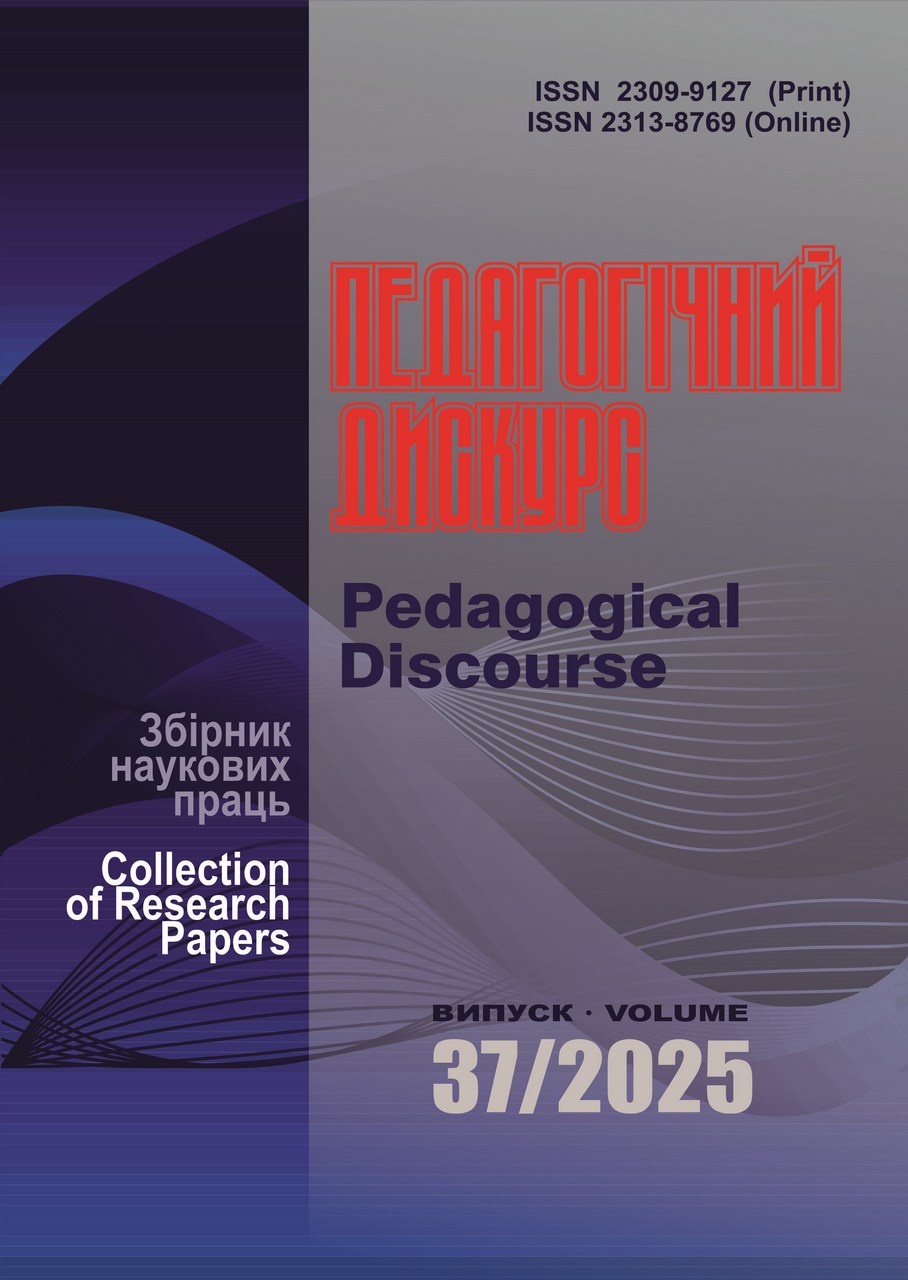Dynamic Stereotype and Communicative Competence in Foreign Language Learning
Abstract
The article reveals the psychophysiological nature of the dynamic stereotype and its role in the development of foreign language communicative competence. The mechanism of speech automatization in the process of language acquisition is analyzed, with emphasis on the consolidation of lexical and grammatical units in memory. The study highlights the importance of functional and contextual repetition as key factors in the formation of speech automatisms. Special attention is paid to the conditions that ensure effective reinforcement of linguistic material, including the frequency, variety, and communicative relevance of speech practice. The paper presents empirical research results confirming a strong correlation between repetition quality and the level of dynamic stereotype formation among language learners. The findings suggest that a communicatively oriented approach, grounded in psycholinguistic principles, significantly enhances the stability and fluency of foreign language use. The dynamic stereotype is interpreted not only as a product of habitual practice but as a target outcome of purposeful language training that fosters automaticity and confidence in spontaneous communication.
Downloads
References
Виготський, Л. С. (1987). Мислення і мова. Київ: Радянська школа. [in Ukrainian].
Колесник, Г. В. (2018). Психолінгвістичні засади розвитку іншомовної комунікативної компетентності студентів. Суми: СумДПУ. [in Ukrainian].
Мартинова, Р. (2024). Активізація нейрогенезу як передумова інтенсифікації процесу навчання іноземних мов в немовному середовищі. Педагогічний дискурс, 36, 41–48. [in Ukrainian].
Шевченко, С. Д. (2001). Психолінгвістика. Київ: Либідь. [in Ukrainian].
Baddeley, A., Eysenck, M. W., & Anderson, M. C. (2020). Memory. Psychology Press. [in English].
Brown, H. D. (2015). Principles of language learning and teaching. White Plains: Pearson Education. [in English].
Council of Europe. (2020). Common European Framework of Reference for Languages: Learning, Teaching, Assessment. Strasbourg: Council of Europe Publishing. [in English].
Dörnyei, Z. (2009). The psychology of the language learner. Mahwah, NJ: Lawrence Erlbaum. [in English].
Frumkina, A. (2021). Postmodern principles in integrated teaching of foreign languages and fine arts to primary learners in the New Ukrainian School. Revista Romaneasca pentru Educatie Multidimensionala, 13 (4), 579–594. https://doi.org/10.18662/rrem/13.4/499 [in English].
Gazzaniga, M. S., Ivry, R. B., & Mangun, G. R. (2019). Cognitive neuroscience: The biology of the mind (5th ed.). New York: W. W. Norton & Company. [in English].
Kolb, B., & Whishaw, I. Q. (2015). An introduction to brain and behavior. New York: Worth Publishers. [in English].
Kolb, B., & Whishaw, I. Q. (2015). An introduction to brain and behavior (4th ed.). New York: Worth Publishers. [in English].
Lightbown, P. M., & Spada, N. (2021). How languages are learned. Oxford: Oxford University Press. [in English].
Luria, A. R. (1973). The working brain: An introduction to neuropsychology. New York: Basic Books. [in English].
Nation, I. S. P. (2013). Learning vocabulary in another language. Cambridge: Cambridge University Press. [in English].
Schmitt, N. (2010). Vocabulary in language teaching. Cambridge: Cambridge University Press. [in English].
Thornbury, S. (2005). How to teach speaking. Harlow: Pearson Longman. [in English].
Copyright (c) 2025 Pedagogical Discourse

This work is licensed under a Creative Commons Attribution-NonCommercial-ShareAlike 4.0 International License.

















